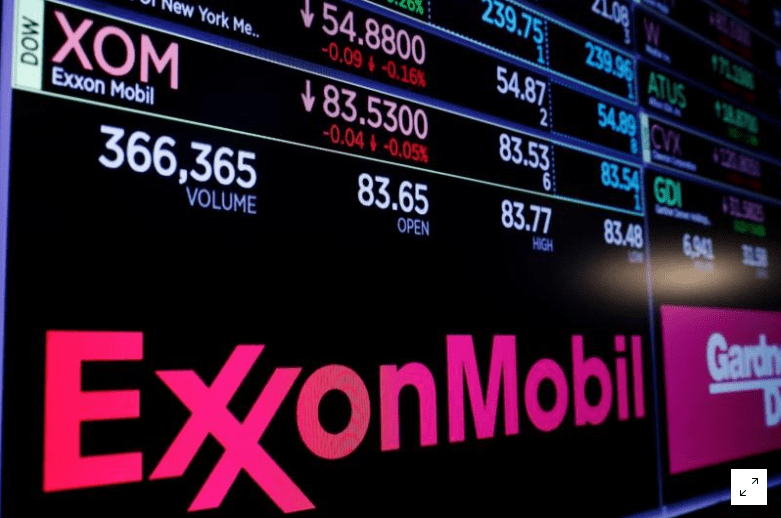Exxon Mobil Corporation recently outlined growth plans, projecting a surge in earnings potential and production expansion through 2027. The company anticipates growth in its upstream earnings, with an estimated doubling from the 2019 reported level. This outlook is bolstered by strong production advancements in both the Permian Basin and Guyana, the company announced.
Exxon said its initiatives implemented since 2019 have enhanced its earnings capacity, contributing around US$10 billion to its annual earnings and cash flow at a real Brent price of US$60 per barrel. The corporation aims to further augment its earnings and cash flow potential by an additional US$14 billion over the next four years.
Advantaged projects in Guyana, Permian delivered record production in Q2 2023 – Exxon’s CFO | OilNOW
With an annual total capital expenditure and exploration expense projection ranging between US$23 billion to US$25 billion, ExxonMobil is set to allocate US$22-$27 billion annually toward project spending until 2027. This includes a commitment to emerging ventures in lithium and low-carbon initiatives, with an 18% increase in spending in these areas.
Emphasizing its dedication to the energy transition, ExxonMobil’s Low Carbon Solutions division is expected to witness an increase in budget from US$17 billion to US$20 billion between 2022 and 2027, contingent upon government support.
The company plans to ramp up annual share buybacks to $20 billion by 2025, an increase from the current US$17.5 billion, following the completion of the Pioneer merger. Additionally, ExxonMobil continues its divestment strategy for refining operations.
Foreseeing a production increase to 3.8 million barrels of oil equivalent per day (boed) by 2024, the company places its confidence in the Permian shale basin and Guyana for this growth. Despite an expected flat production until the year-end at 3.7 million boed, this projection is largely influenced by ExxonMobil’s withdrawal from Russia.
The company also reported significant progress in reducing upstream-operated greenhouse gas emissions intensity. They aim for a 40-50% reduction by 2030 from the 2016 reported level and have already achieved half of this target. Moreover, the company is actively pursuing lower-emission opportunities, investing more than US$20 billion until 2027 in areas like lithium, hydrogen, biofuels, and carbon capture and storage.



